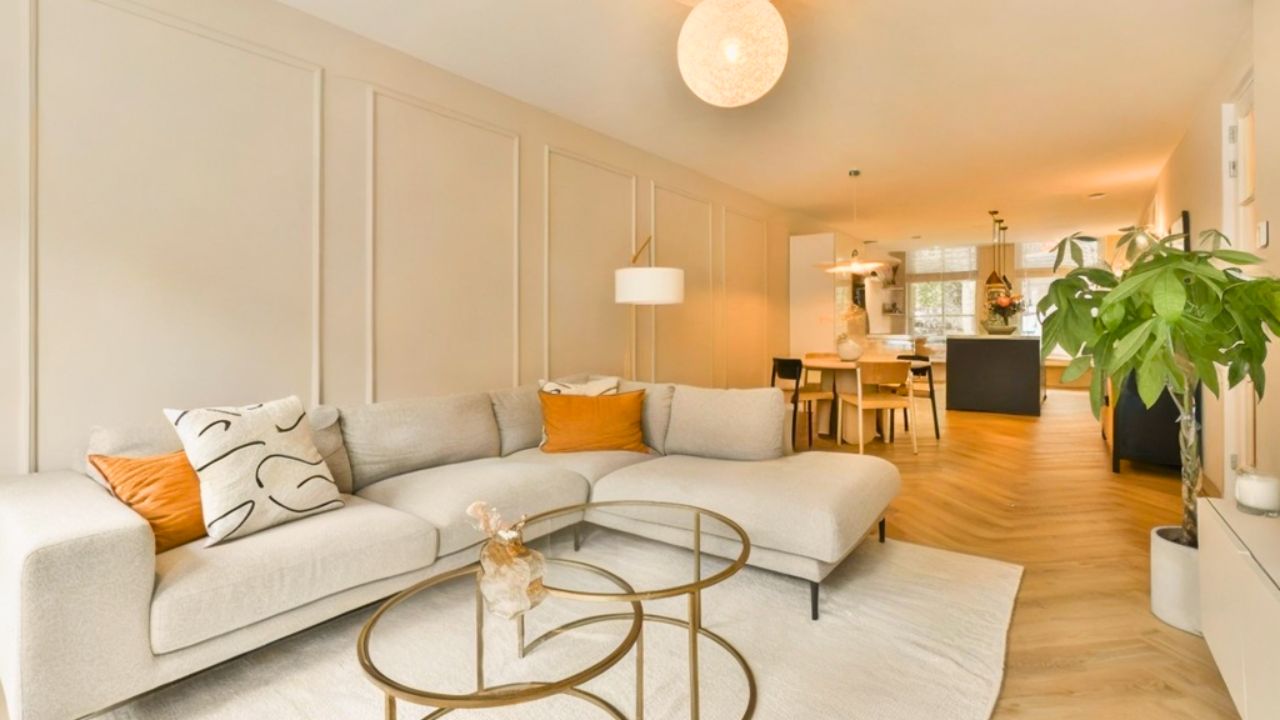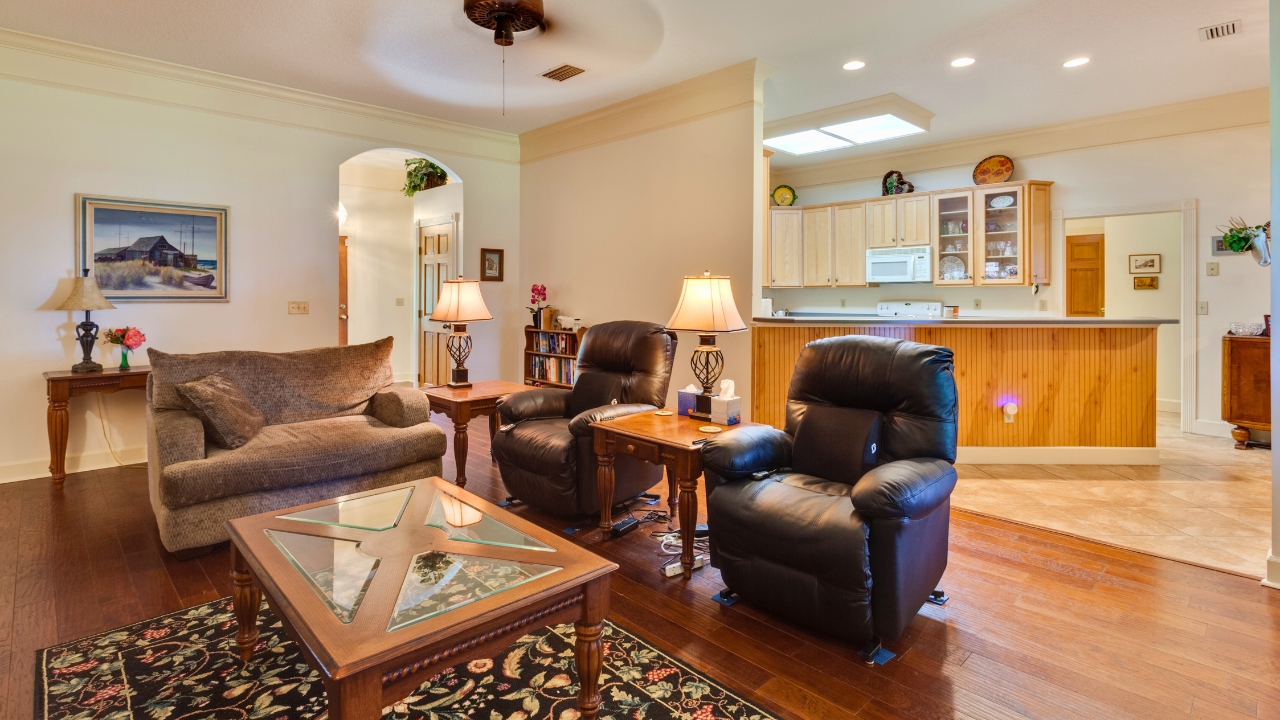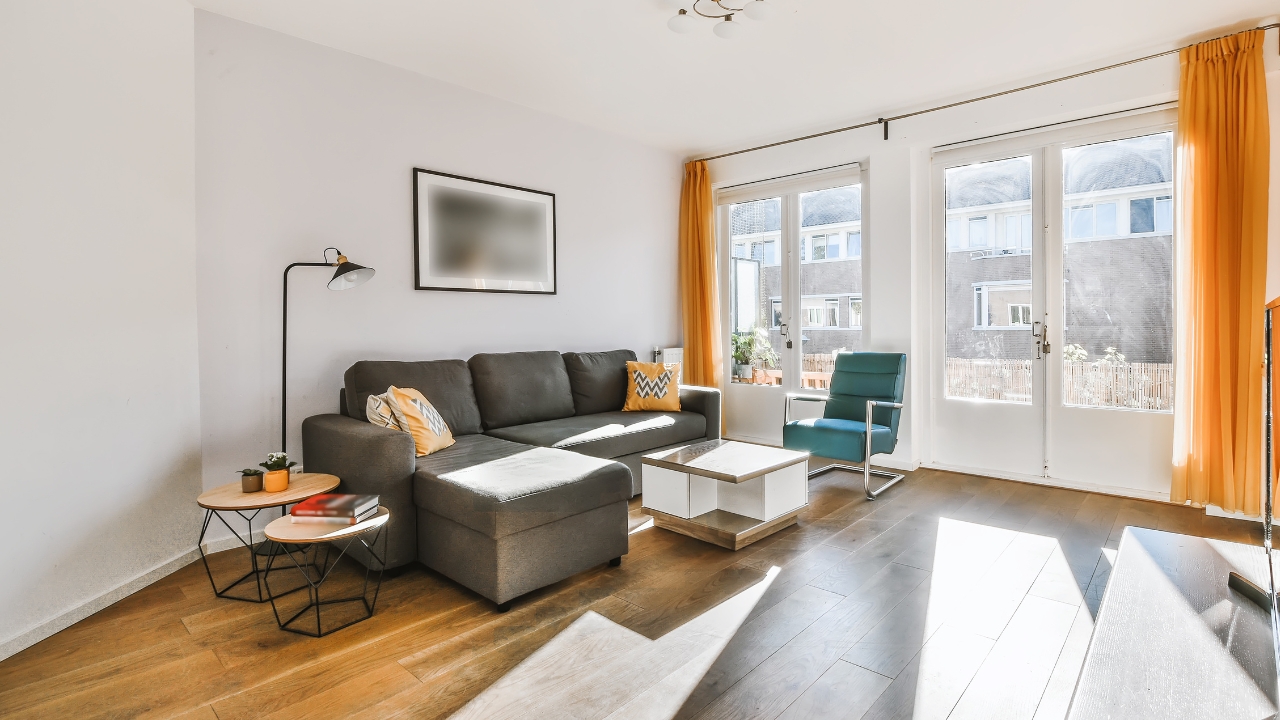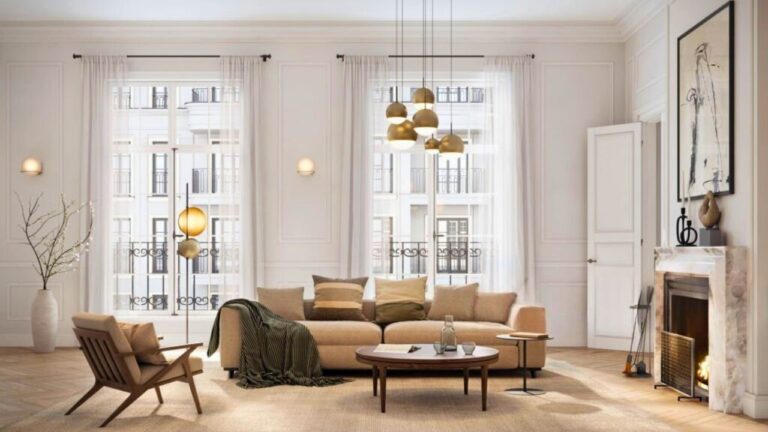What happens when you mix styles the wrong way
Mixing styles can look layered and lived-in—or it can look like a garage sale that never packed up. The difference isn’t money. It’s how you handle scale, color, finish, and the number of “loud” pieces in one room. If your space feels chaotic and you can’t name why, you might be mixing styles without a plan.
You can fix it without replacing everything. You just need guardrails.
Pick a primary style and a supporting one
Rooms collapse when every piece argues for attention. Choose one main style that sets the structure—farmhouse, modern, traditional—and one secondary style that sprinkles personality—vintage, boho, industrial. Aim for 70/30. Sofas, rugs, and big storage stick to the main style. Side tables, art, and textiles carry the secondary. That ratio keeps the room coherent.
If you love a third style, bring it in as a tiny accent: a lamp, a bowl, a pillow cover. That’s enough.
Control the color story first
When colors clash, style clashes feel louder. Pick a neutral base (walls, large upholstery, major rugs) and two accent colors max. Repeat those accents in small doses across both styles. A vintage Persian rug can live under a modern sofa when the pillows echo two rug colors. Suddenly it looks intentional—not accidental.
If you’re overwhelmed, move everything colorful out and reintroduce pieces one at a time. Watch what fights.
Match sheen before you match era
Glossy lacquer next to weathered barnwood is jarring. So is high-polish chrome against flat, chalky paint. Keep like with like: pair matte with matte, satin with satin. You can mix eras more easily when the surface quality feels related. It calms the transition between styles and lets shape do the talking.
If you must mix sheens, do it once and let that moment be special.
Balance curves and straights

Modern leans straight; traditional leans curvy. A room needs both, but not all of both. If your sofa and coffee table are rectangles, bring curves in with lamps, art, or a round side table. If your room is full of rolled arms and scallops, add one crisp line—a boxy ottoman or a metal console. Balance keeps styles from turning theme-y.
Check your light fixtures. A single round globe can fix a room of hard angles.
Limit statement pieces to one per zone
A carved antique armoire, a neon sign, and a leopard-print chaise in the same sightline will overwhelm any room. Choose one hero per wall or zone. Everything else plays rhythm section. If two heroes are fighting, move one to a different wall or a different room. The space will breathe again.
When in doubt, quiet the coffee table. Clear surface equals visual relief.
Repeat materials so the eye connects the dots
If you introduce black metal with an industrial shelf, echo black in a lamp base and frame. If you bring in warm brass, repeat it on a mirror or a tray. Three quiet repeats beat one loud statement. Repetition is what convinces your brain the room belongs together even when styles differ.
Keep the count small: two or three repeats is enough.
Scale is the silent deal-breaker

Nothing wrecks a mix faster than a dainty antique chair next to a massive sectional. Proportions have to handshake. If your sofa is big, pair it with side tables that have presence and lamps with real height. If your vintage pieces are delicate, float them with other light-legged furniture so they’re not dwarfed.
Measure lamp height. Too-short lamps make every mix look cheaper.
Give history a clean backdrop
Vintage and rustic pieces look best against calm walls and uncluttered shelves. If your collected items are getting lost, simplify the background. Paint a busy wall a softer color, edit the bookcase, and put one special piece at eye level with breathing room. Your mix will suddenly feel curated, not crammed.
Use trays. They make mismatched objects read as one story.
Test the mix with a black-and-white photo
Snap a picture and convert it to black and white. If the room still feels jumpy, the issue is contrast and shape, not color. Smooth the transitions with a larger rug, a bigger lamp, or a solid throw that bridges two pieces. You’ll see exactly where the eye is stumbling.
Do small moves first. Big purchases don’t fix bad composition.
Mixing styles works when you set a lead style, repeat color and materials, balance curves and lines, and limit the heroes. That’s how you get layered and personal without the chaos—your favorite pieces, speaking the same language.
Like Fix It Homestead’s content? Be sure to follow us.
Here’s more from us:
8 upgrades that look like you spent thousands (but didn’t)
9 small changes that instantly make a house feel high-end
*This article was developed with AI-powered tools and has been carefully reviewed by our editors.







